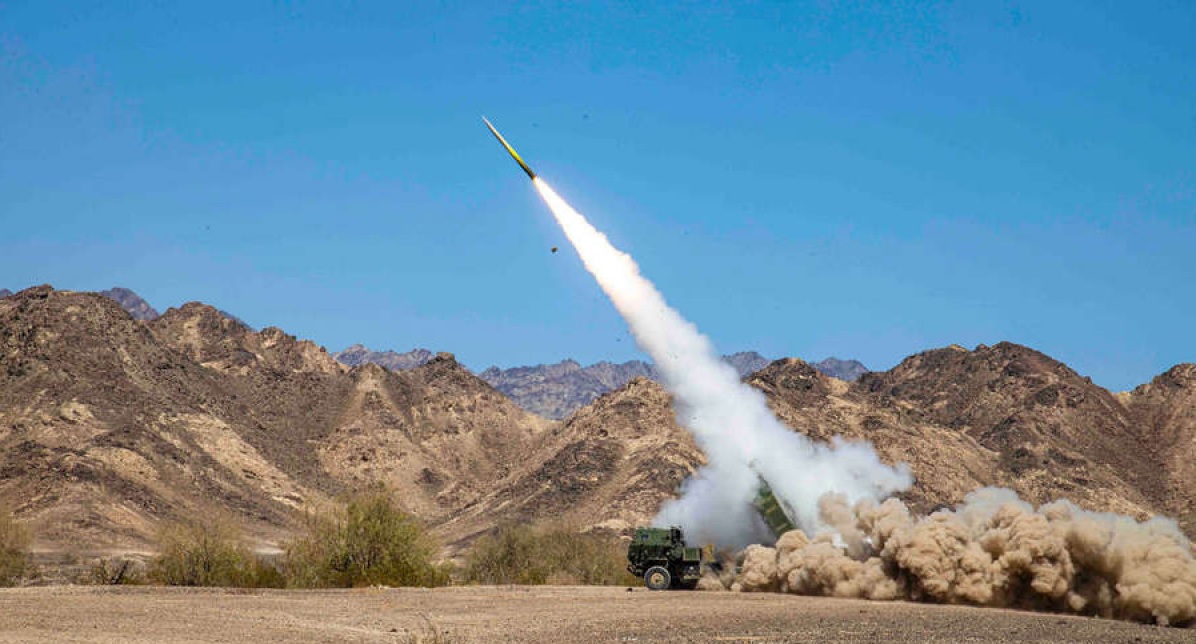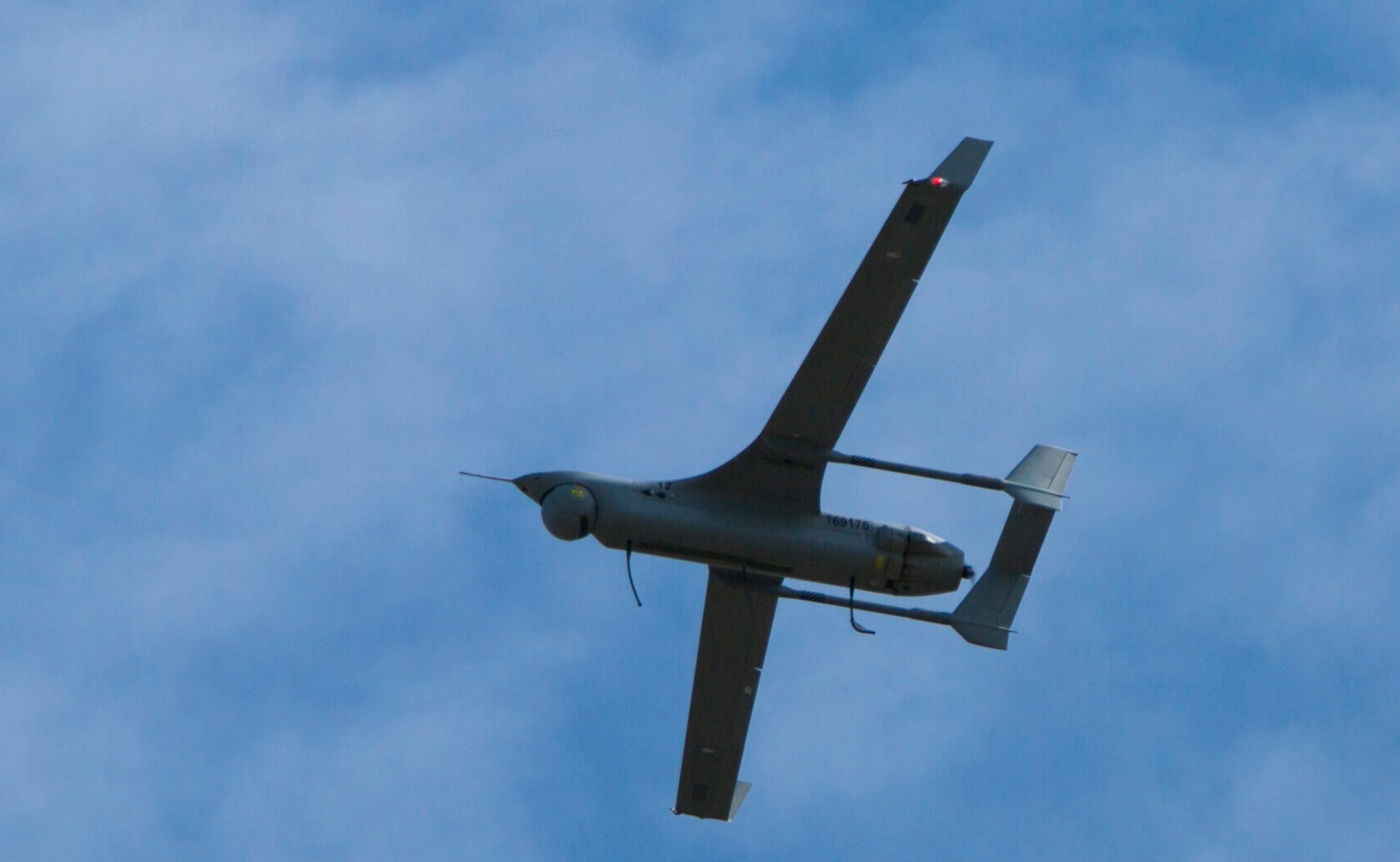US Army Receives First Long-Range Precision Strike Missiles

The U.S. Army has achieved a significant
milestone with the receipt of the inaugural Precision Strike Missiles,
heralding the commencement of the replacement process for the outdated
Army Tactical Missile System. This announcement was made in a statement
on December 8, underscoring the successful production qualification
testing that took place at White Sands Missile Range, New Mexico, in
November.
The delivery of Precision Strike Missile Increment 1
Early Operational Capability missiles is part of a broader initiative,
with 24 major modernization programs slated to reach soldiers by the
conclusion of 2023. According to the statement, this delivery is
emblematic of the Army proactive utilization of new acquisition
authorities granted by Congress, enabling swift development and
deployment of advanced equipment for soldiers.
Doug Bush, the
assistant secretary of the Army for acquisition, logistics, and
technology, emphasized the significance of the Precision Strike Missile
in providing Joint Force commanders with a 24/7, all-weather capability
to counter adversaries in combat maneuver and air defense operations.
The
Precision Strike Missile has been a pivotal component of the Army
long-range precision fires portfolio, established as part of the service
modernization priorities in 2017. It can be launched from both the M142
High Mobility Artillery Rocket System and the M270A2 Multiple Launch
Rocket System, playing a crucial role in the Army pursuit of a
deep-strike capability against emerging threats, particularly from
Russian and Chinese technologies.
Initially, the program involved
a competition between Lockheed Martin and RTX (formerly Raytheon
Technologies). However, due to challenges faced by RTX during the
technology maturation and risk reduction phase, the Army and RTX
mutually decided to conclude their collaboration in March 2020. Lockheed
Martin continued development independently, and in September 2021, the
Army approved the PrSM program to move into the engineering and
manufacturing development phase, awarding a $62 million contract for
early operational capability production.
Lockheed Martin received
an additional $158 million a year later for more early
operational-capability PrSMs. The Army plans to enhance the missile
capabilities, including an improved seeker, increased lethality, and
extended range. In the immediate future, the focus is on developing a
maritime, ship-killing capability.
Looking ahead, Lockheed Martin
and a team comprising RTX and Northrop Grumman will compete in the
subsequent phase of the PrSM program. RTX was awarded a $97.7 million
contract in February 2023 for the Long Range Maneuverable Fires program,
slated to become the PrSM Increment 4 effort. Lockheed received a $33
million contract around the same time to develop capabilities for the
increment, aiming to significantly extend the range of PrSM beyond its
initially planned 499 kilometers (310 miles).
The U.S. Army
withdrawal from the Intermediate-Range Nuclear Forces Treaty with Russia
in 2019 has provided the opportunity to develop missiles with extended
ranges. The treaty, which had restricted the development of missiles
with ranges between 499 kilometers and 5,000 kilometers, no longer
limits the PrSM potential. In October 2021, the U.S. Army conducted a
long-range flight test of PrSM, exceeding the current range requirement
of 499 kilometers.



